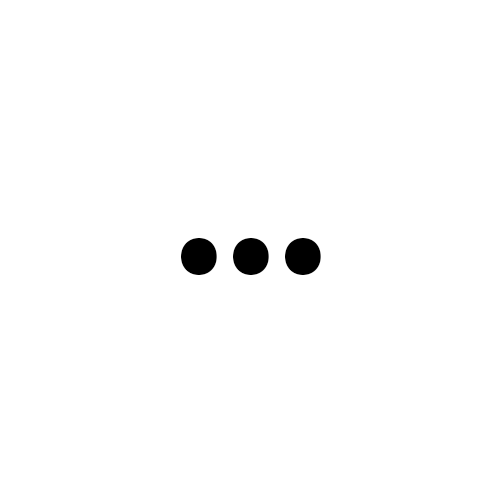The first-person shooter game Counter-Strike 2 has been eagerly anticipated by the gaming community. The game’s engine, the Source 2 Engine, is an updated version of the one used in the first Counter-Strike.
The enhancement to the smoke system in Counter-Strike 2 is one of the most significant changes. Players can now use the smoke as cover or to forge new routes through the environment because it is more responsive to game circumstances. The lighting system in the game has also been enhanced to produce a more dynamic and authentic environment.
In Counter-Strike 2, the maps have also undergone a significant overhaul. A more realistic lighting and reflection system has been implemented in each and every scene. The maps are also more interactive and detailed, with new ways to explore the environment and destructible objects.
The server tick rate system has been replaced by Sub-Tick in Counter-Strike 2, which is another significant change. The in-game environment is updated more frequently by this new system, making the gameplay experience smoother and more responsive.
With new features and enhancements that will make it more enjoyable for both novice and experienced players, Counter-Strike 2 generally promises to be an exciting and improved version of the original game.
What is Tick Rate and why is the Sub-Tick system in Counter Strike 2 considered advanced for FPS gaming?
Have you ever experienced dragging your crosshair to aim, but when you shoot, it doesn’t hit? Have you ever encountered a scenario in a game where what you see isn’t what’s happening in reality in a split second? These are symptoms that can occur due to something called “tick rate,” which is an essential component in online games, particularly in multiplayer shooter games in today’s era.
In most online games, a tick is used to describe the update of data between the server and the player’s PC within a certain period of one second. The tick rate refers to the rate of data update during that time. To put it simply, if a server has a tick rate of 64, it means that data is updated 64 times between the PC and server per second.
Tick rate affects gameplay, especially in games that require speed and precision, such as competitive shooter games that are popular nowadays. Currently, popular games like Overwatch and Apex Legends have a tick rate of 64, while League of Legends and Dota 2 have tick rates of 30 and 64, respectively. There are also dedicated servers outside of the official servers of CS:GO that use a 128 tick rate. The standard tick rate for official servers is 64, but it ultimately depends on the game developer’s design.
Simply put, the more Tick Rate there is, the less chance there is for errors in shooting and player movement. There are no more excuses for why we miss shots or why our screen shows hits but the server says we missed. However, regardless of the Tick Rate of the game and server, there is still a chance for errors to occur before the server updates.
Valve recently introduced a new technology called Sub Tick in the game Counter Strike 2, which allows the server and players’ PCs to update information in real-time without waiting for a “tick”. In the past, the game had to wait for a check round every second to update information, but with Sub Tick, everything is updated in real-time.
We will have to wait and see how effective the use of Sub Tick in Counter Strike 2 is, and whether it will become a new technology that shooting games will use in the future.

Leave a Comment